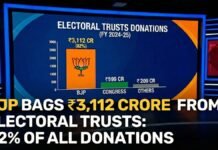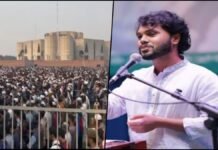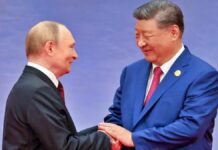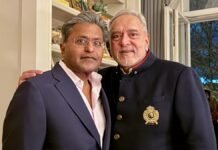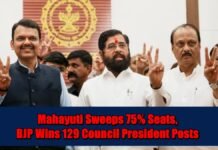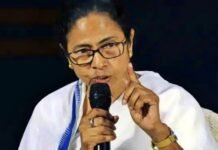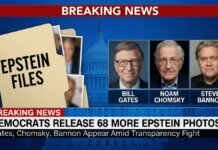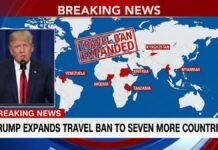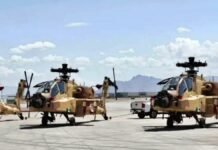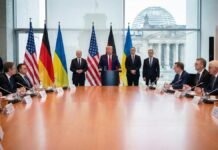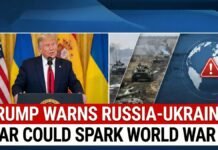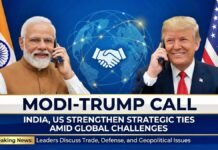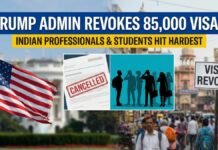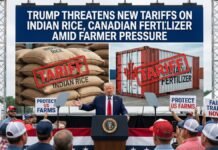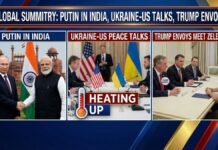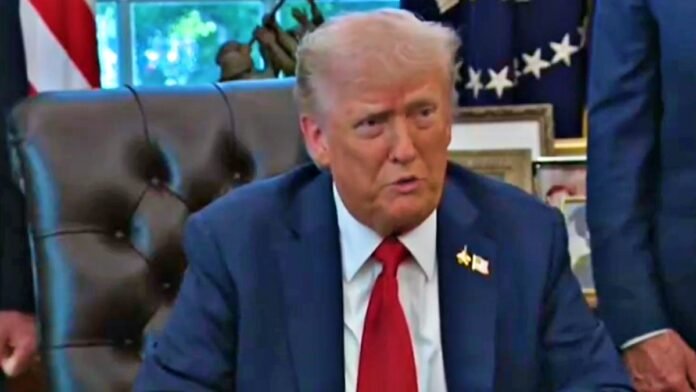
Key Points:
- President Donald Trump asserts tariff power helped prevent multiple global conflicts including India-Pakistan escalation
- Trump references incident where seven aircraft were shot down during India-Pakistan tensions
- President claims tariffs generated hundreds of billions of dollars while serving as peacekeeping mechanism
- Trump declines to reveal exact diplomatic communications but emphasizes their effectiveness
- Statement reaffirms administration’s commitment to maintaining tariff leverage in foreign policy
Washington D.C.: US President Donald Trump has defended his administration’s controversial tariff policies by claiming they have served not merely as economic instruments but as critical tools for preventing military conflicts worldwide. In recent remarks, the President made the striking assertion that tariff leverage helped avert at least four of seven ongoing global conflicts, including a potential war between nuclear-armed rivals India and Pakistan.
Tariffs as Diplomatic Leverage
President Trump emphasized that without the authority to impose tariffs, international tensions would have escalated into full-scale military confrontations. He positioned trade policy as an unconventional but effective diplomatic weapon, arguing that economic pressure provides alternatives to military intervention when managing geopolitical crises.
The President’s comments reflect his longstanding belief that America’s economic power, particularly its massive consumer market, grants Washington unprecedented influence over other nations’ behavior. By threatening tariffs or trade restrictions, the administration claims it can compel countries to reconsider aggressive military actions or hostile policies.
India-Pakistan Crisis Reference
Trump specifically cited tensions between India and Pakistan as an example where his intervention proved decisive. He referenced a serious military confrontation in which seven aircraft were reportedly shot down, indicating the situation had reached a critical flashpoint with potential for catastrophic escalation between the two nuclear-armed South Asian neighbors.
While Trump deliberately withheld details about his exact communications with Indian and Pakistani leadership, he characterized his approach as “very effective” in de-escalating the crisis. The President’s cryptic remarks suggest he employed a combination of diplomatic pressure and economic incentives or threats to pull both nations back from the brink of war.
The incident Trump referenced likely pertains to the February 2019 Balakot crisis, when India conducted airstrikes inside Pakistani territory following a terrorist attack in Pulwama, Kashmir. Pakistan retaliated with military action, resulting in aerial combat and the shooting down of aircraft on both sides. The crisis raised international alarm about potential nuclear confrontation before both countries exercised restraint.
Economic Benefits and Strategic Gains
Beyond their peacekeeping function, President Trump highlighted the substantial financial returns generated through tariff implementation. He claimed the policies have produced “hundreds of billions of dollars” in revenue for the United States, contradicting critics who argue tariffs harm American consumers and businesses through increased prices.
The dual-purpose nature of tariffs simultaneously generating revenue and providing diplomatic leverage forms the cornerstone of Trump’s economic nationalism strategy. The administration contends that previous American governments failed to utilize this powerful tool effectively, allowing trading partners to exploit US markets while pursuing policies contrary to American interests.
Broader Foreign Policy Strategy
Trump’s remarks underscore his administration’s broader approach to international relations, which prioritizes transactional relationships and economic considerations over traditional diplomatic protocols. The President has consistently argued that America’s generous trade terms and open markets have been exploited by allies and adversaries alike, necessitating a fundamental recalibration.
By framing tariffs as peacekeeping instruments, Trump seeks to counter criticism that his trade policies have damaged relationships with traditional allies and disrupted the global economic order. The President positions himself as a pragmatic leader who achieves results through unconventional methods rather than adhering to established diplomatic norms.
Skepticism and Alternative Perspectives
While Trump credits tariff threats with preventing conflicts, foreign policy analysts offer alternative explanations for crisis de-escalation. In the India-Pakistan case, international diplomatic efforts involved multiple nations and organizations, including direct communications between military leadership, backchannel negotiations, and pressure from major powers including China and European nations.
Critics argue that attributing peace solely to tariff threats oversimplifies complex diplomatic situations and potentially overstates American influence. They contend that regional actors possess their own strategic calculations and domestic pressures that influence decisions about war and peace, independent of US trade policy.
Implications for International Relations
Trump’s continued emphasis on tariffs as foreign policy tools signals his administration’s intention to maintain this approach despite international criticism and concerns about trade war escalation. Countries dealing with Washington must now consider not only diplomatic and military factors but also potential economic consequences when making strategic decisions.
This linkage between trade policy and security matters represents a significant departure from post-World War II American foreign policy traditions that generally separated economic and military spheres. The long-term implications for alliance structures, international institutions, and global stability remain subjects of intense debate among policymakers and scholars.
Revenue Claims and Economic Impact
The President’s assertion that tariffs have generated hundreds of billions of dollars requires contextual understanding. While tariff collections have indeed increased during his administration, economists note that these costs are typically passed to American importers and consumers through higher prices. The net economic benefit remains disputed, with studies showing varied impacts across different sectors and regions.
Nevertheless, Trump’s political messaging emphasizes the revenue generation aspect as evidence of successful negotiation and American economic strength restoration. This framing resonates with voters who perceive previous trade agreements as disadvantageous to American workers and industries.
Future of Tariff Diplomacy
President Trump’s comments indicate no intention to abandon tariff-based diplomacy despite criticism from trading partners and domestic opposition. As global tensions persist in multiple regions, the administration appears committed to wielding economic leverage as a primary foreign policy instrument.
Whether this approach proves sustainable and effective in maintaining international peace remains an open question. As countries adapt to America’s transactional foreign policy style, they may develop countermeasures or alternative partnerships that reduce US leverage, potentially limiting the strategy’s long-term viability.
The Trump administration’s unprecedented linkage of trade policy with conflict prevention represents a bold experiment in statecraft whose ultimate success or failure will be assessed by historians examining this era’s complex geopolitical landscape.


